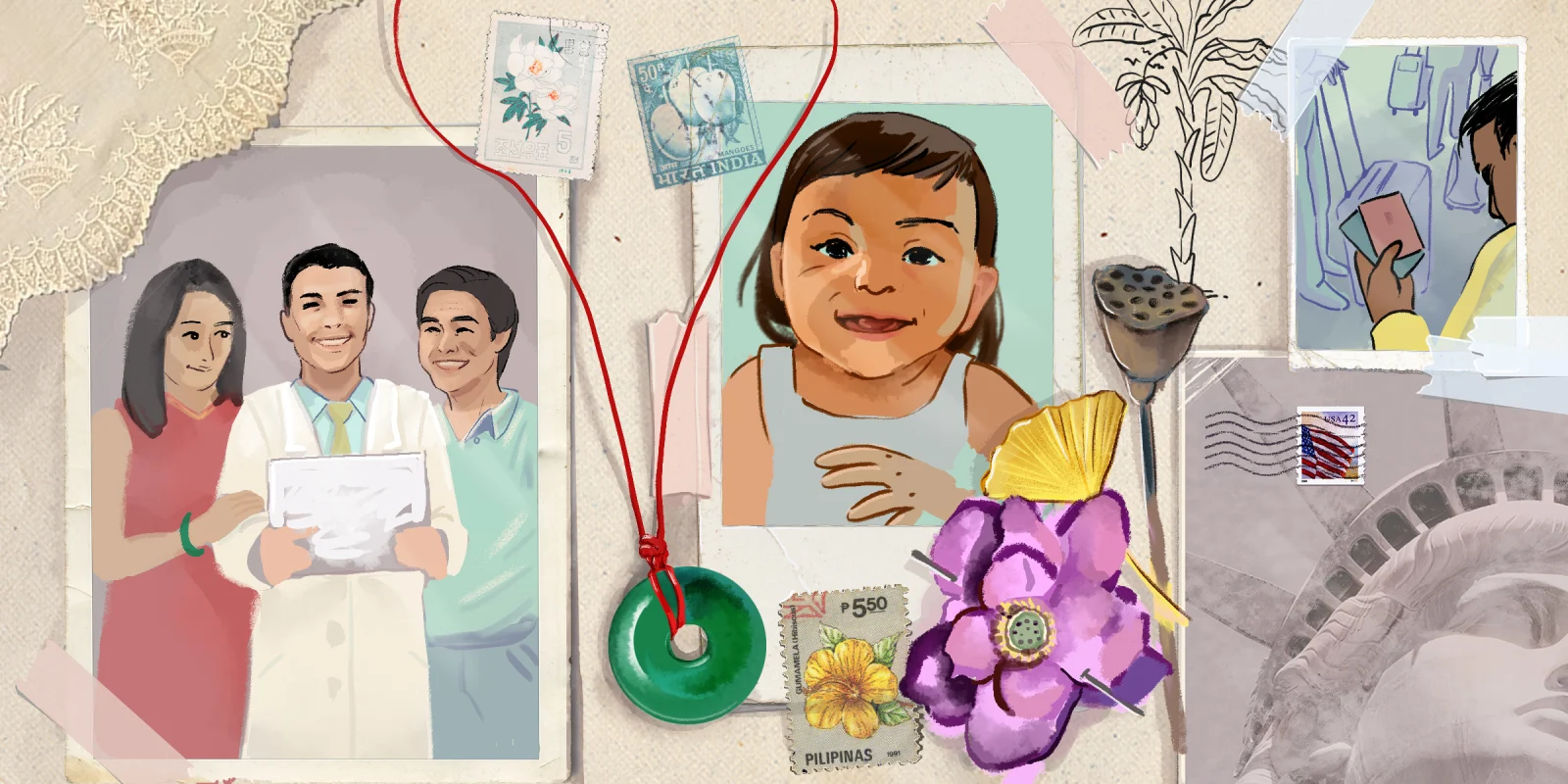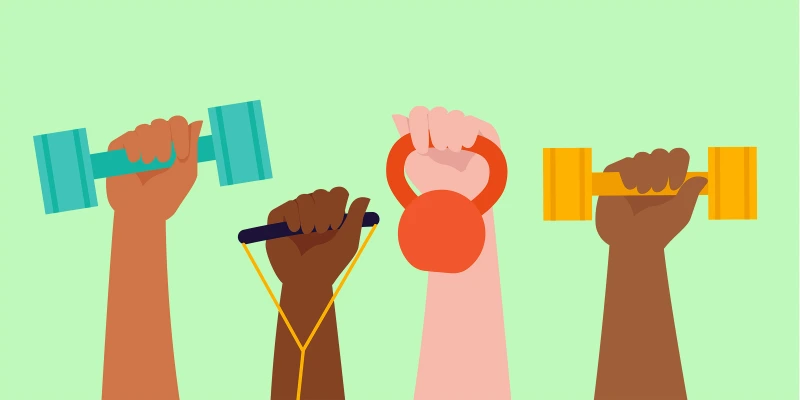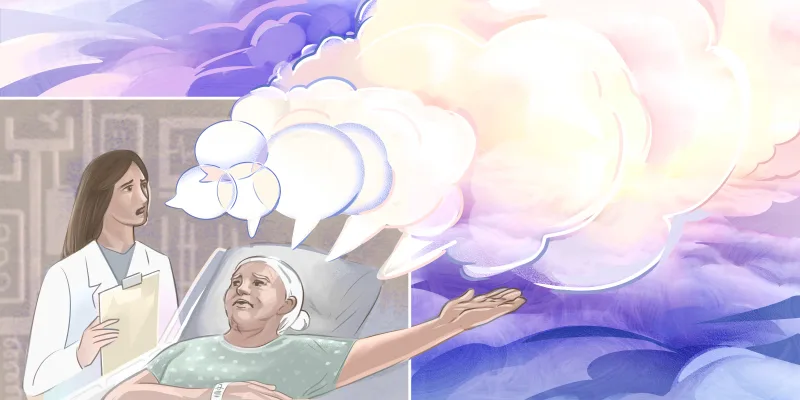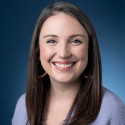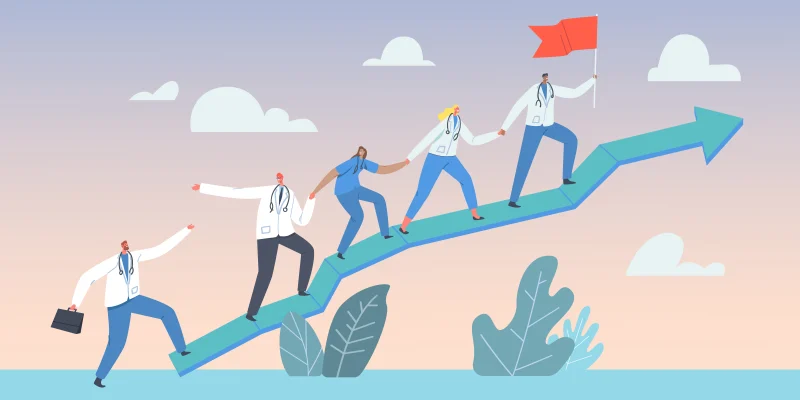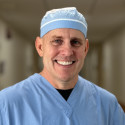The experiences of Asian American and Pacific Islander (AAPI) clinicians are as vast and varied as the individuals behind them — each one a thread shaping the ever-growing fabric of the AAPI narrative.
In recognition of AAPI Heritage Month this year, two physicians in the community shared their stories with Doximity, detailing their passage through the field of medicine and the role their identity played along the way.
Celebrated Experience
Congress in 1978 passed a joint resolution officially designating the first 10 days in May AAPI Heritage Week, and then, in 1992, expanded the legislation to cover the entire month.
Despite its decades-long history, AAPI Heritage Month has often gone by unnoticed for many Asian Americans and Pacific Islanders, including Inna Husain, MD, assistant professor in the Department of Otorhinolaryngology at Rush University Medical Center.
“I never knew that’s what May was until recently,” Dr. Husain said. “No one ever mentioned it growing up, and we never did anything in school for it.”
Born in New York to parents who immigrated from Pakistan in the late 1970s, Dr. Husain moved periodically throughout her childhood for her mother’s work as an ENT. After attending medical school in Dallas, residency in Chicago, and fellowship in Boston, she returned to Chicago in 2015 to spearhead the newly found section of laryngology at Rush.
Her various stints across the country gave her numerous opportunities to interact with people from diverse backgrounds, enriching her cultural appreciation over time. Yet the encounters also resulted in moments of friction and misunderstanding.
“My last name is Husain,” she said. “Previous to the last year or two, there would be a handful of times every month where I would introduce myself to the patient and I would receive comments like, ‘Where are you from?’ and ‘Do you speak English’ … and ‘Well, you're not related to that Hussein, are you?’”
“My general demeanor is that I stay pretty calm, so I would just give a half-smile and move on,” she said. “What I learned over time, though, is I don't think that's the appropriate response. Because then you miss that teaching opportunity to say, ‘Actually, I do find that comment a little offensive, because I was born and raised here and am part of the community.’”
For Asian Americans within medicine and without, it’s a shared experience to respond to rudeness or prejudice by brushing it off, not wanting to ruffle feathers or be disliked, Dr. Husain noted. Perhaps this approach may have contributed to the limited awareness of AAPI Heritage Month.
“We often didn't share what we were celebrating because, to some degree, we didn't want to draw attention,” she said. “And that’s one of the struggles we’ve had in America — having a whole culture at home but not knowing how to share that part of you.”
In a nation becoming increasingly diverse, however, Dr. Husain acknowledged the benefits that openly embracing distinct experiences can have on clinical practice: “One of the things you learn in medicine is that the differences are actually the strengths. My unique background helps me relate to patients and helps them get the care they need. I shouldn’t try to hide that. I should bring that to the forefront because it's something that should be celebrated.”
Experts argue there’s a continued need for AAPI clinicians to make moves toward more open dialogue among people from different cultures, not only for their own community but for others as well. The number of medical associations and hospitals striving to achieve that end has grown tremendously over the past few years through diversity, equity, and inclusion programs. Whether these efforts will give rise to deeper understanding may in part depend on clinicians’ willingness to raise their voices.
“It's very much a privilege to be a physician,” Dr. Husain said. “And it’s exactly because we’re in these privileged positions that we should speak out for those who can’t speak out for themselves. We all have a voice that's important, but unless you use it, nothing will change.”
‘Lumped Together’
In the Pacific Islands, a region distinguished for its racial and ethnic diversity, the blending of people from different communities is commonplace, including in medical settings. Though the diversity may allow for greater acceptance, the caveat for clinicians is they may overlook critical distinctions between people of different backgrounds, said Lee Buenconsejo-Lum, MD, a family medicine physician and associate dean for academic affairs at the University of Hawai'i John A. Burns School of Medicine.
“A source of frustration for those of us working [in these communities] is that Asian Americans get lumped together as one, and the same with Pacific Islanders,” she said. “And there are huge, huge differences within the community — culturally, ethnically, geopolitically, and therefore on health.”
A fifth-generation resident of Hawai'i, Dr. Buenconsejo-Lum’s multiethnic background includes ancestry from Korea, Spain, and the Philippines. She was born in Wahiawā General Hospital, a small community hospital in central O'ahu. After college at Stanford, she returned to O'ahu for medical training and ended up completing part of her residency at the very hospital where she was born. From there, in 1997, she joined the faculty of the University of Hawai'i.
From an early age, she was acutely aware of the dynamic community she was raised in — diverse in terms of race and socioeconomic status — and the effect that social determinants of health had on the people who lived there. These community experiences motivated her to pursue medicine, a decision she made at age 12.
“Even to me as a young person, there was a noticeable divide,” she said. “I recognized that life was not fair for many of my classmates, and that I was pretty fortunate. And so I knew that I wanted to eventually serve the community where I grew up.”
As she moved forward in her medical career, the challenge for her was dealing with expectations to join either of the private practices of pioneering physicians in the small town of Wahiawā. In explaining her decision to instead go into academic medicine, she said, “I felt that I could make a greater long-term impact on the overall health of the population if I trained the next generation of physicians to be culturally humble and look at everything through a patient- and family focused lens.”
Her academic medical work paved the way for opportunities to see firsthand the strengths and challenges of various health care systems throughout the Pacific Islands.
In the Republic of the Marshall Islands, for instance, she learned the value of community-oriented medicine for people affected by radiation in the aftermath of nuclear weapons testing. Together with health leaders in the U.S.-affiliated Pacific Island jurisdictions and countries, Dr. Buenconsejo-Lum helped develop a comprehensive cancer control program to address the spectrum of needs for Pacific Islanders in their home jurisdictions and those living in Hawai'i. The key, she emphasized, was supporting collaboration between local health authorities and community leaders.
“As physicians caring for AAPI communities, we need to spend more time to really try to understand the impact of the patient's culture and ethnicity on their health, their acceptance of care, and their ability to be compliant with care,” she said. “The person and the family sitting in front of you have many dimensions that go far beyond language and religious beliefs.”
A common example is the wide range of views that different Asian and Pacific Islander subpopulations have on death and dying, which has major implications for medical decision-making, Dr. Buenconsejo-Lum noted. “Sometimes in the rush of everyday clinical practice, we can make false assumptions as physicians,” she continued. “And so I would urge us to make good use of community resources and be sensitive and attune to different cultural influences.”
“That has probably been the largest unifying lesson and theme that has woven a big part of my career, from when I was a student and certainly to this day as a teacher and public health professional,” she said.
Do you have experiences relevant to AAPI Heritage Month in medicine? Share your insight in the comment section below.
A collection of AAPI resources for your practice. More on Dr. Inna Husain and Dr. Lee Buenconsejo-Lum.
Illustration by April Brust.
